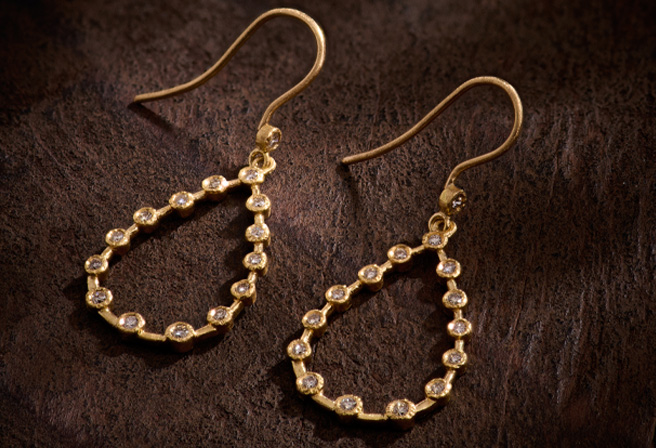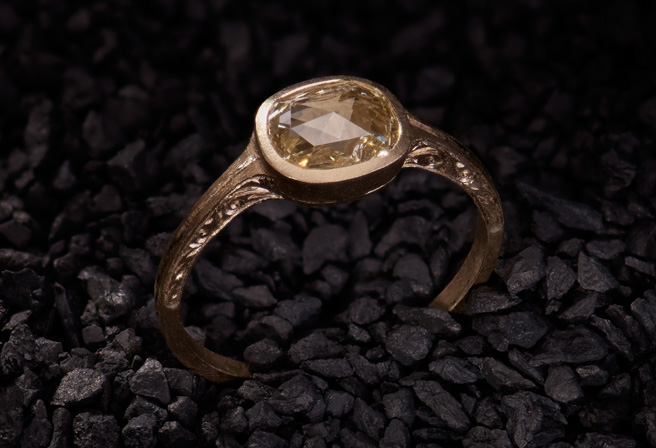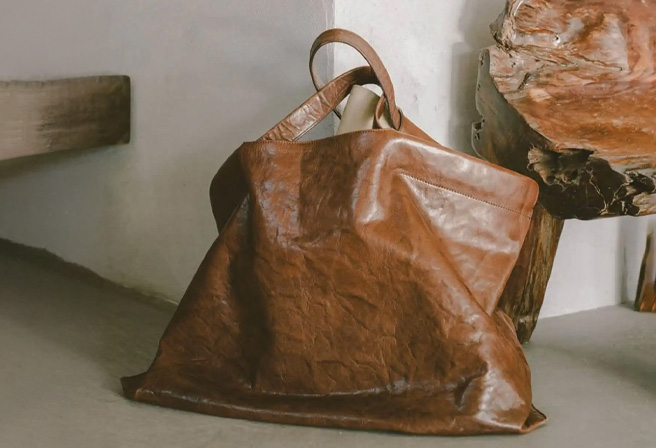Lapis lazuli has a rich and extensive past. Treasured by many civilizations for the last 6,000 years, lapis is valued for its vivid color. The most beautiful lapis is sourced from Badakhshan, a province in present-day Afghanistan. Ancient Egyptian and Mesopotamian civilizations, as well as the Greeks and Romans, also sourced their lapis from this area.

In Egypt, it was said, that people would feel a force radiating from these stones, one that could change their lives. Because of this feeling and the stone’s associations with the sky, many believed lapis was a stone of the gods. In fact, priests would dye their robes with lapis to strengthen their connection to the divine.
In China, some believe Buddha Amitabha’s paradise was paved with gold, silver and lapis. Historically, the Emperor and the royal court were the only others who could wear lapis due to its connotation, rarity and price. For centuries, lapis was valued at nearly the same price as gold.
During the Renaissance in Europe, lapis became the source for a blue pigment, used in paint, known as ultramarine. Because the stone was so expensive, this pigment was typically reserved for paintings of icons such as the Virgin Mary.
Also known as the rock of truth, lapis is believed to encourage honesty of the spirit and grant the wearer improved judgment. The stone’s blue color comes from lazurite and is flecked with brass-colored specks of pyrite. These gold and white-silver flakes resemble the glow of stars in the crisp night sky.


















